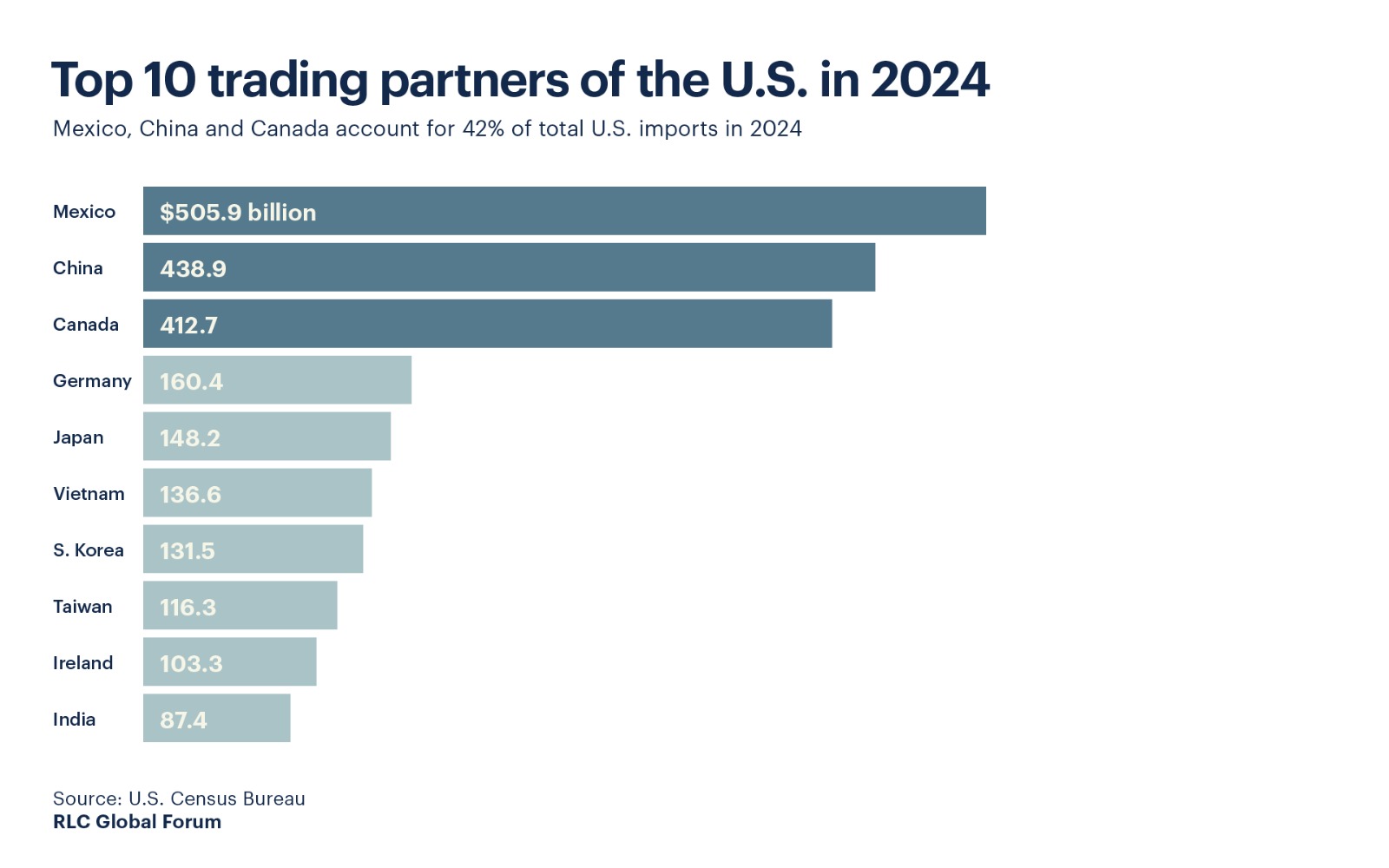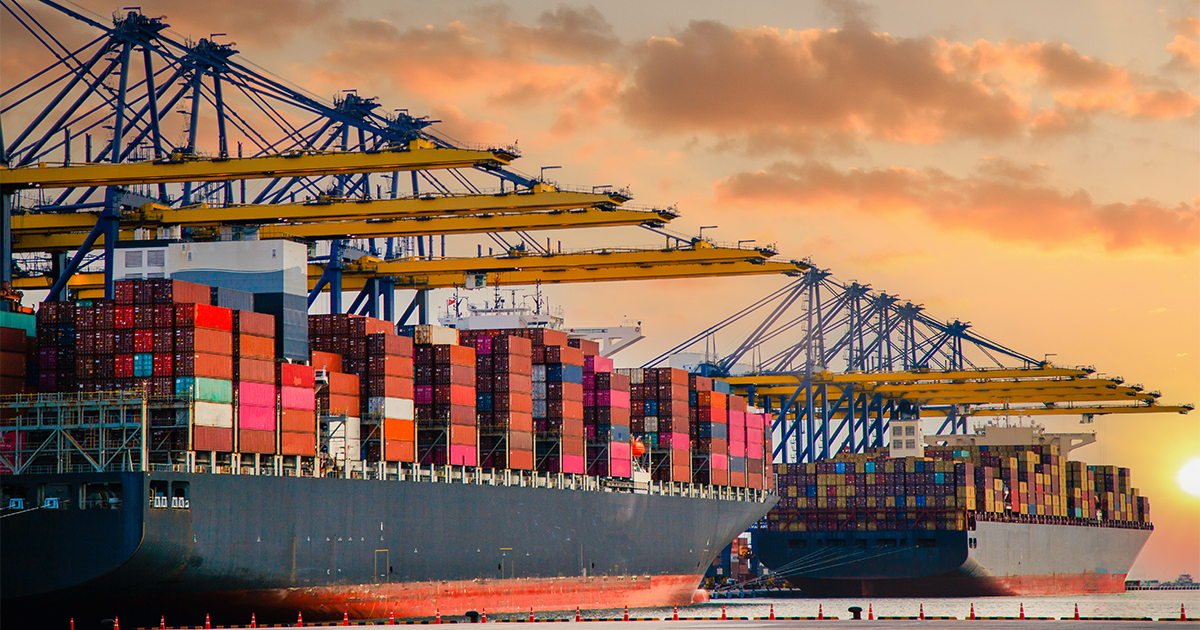In a seismic shift that has sent shockwaves through the global economy, President Donald Trump’s recent tariff actions are fundamentally reshaping the landscape of international trade and retail. Starting today, March 5, the Trump administration imposes sweeping 25% tariffs on imports from Canada and Mexico, with a 10% levy on Canadian energy imports. This move, coupled with an increase in tariffs on Chinese goods from 10% to 20%, marks one of the most significant increases in U.S. tariffs in recent history.
Retail sectors in turmoil and the immediate aftermath
The retail sector, heavily reliant on intricate global supply chains, finds itself at the epicenter of this trade upheaval. Major retailers are already bracing for impact, with Target’s CEO Brian Cornell warning of imminent price hikes on produce and other imported goods. The ripple effects are expected to touch everything from electronics to apparel, as businesses grapple with increased costs and supply chain disruptions.
Luxury and Fashion are navigating turbulent waters
The luxury goods market finds itself at a critical juncture, grappling with the far-reaching implications of the new tariff regime. High-end brands, particularly those reliant on global supply chains and international markets, face unprecedented challenges. In response, fashion and luxury brands are deploying innovative strategies, including strategic pricing, supply chain reconfiguration, and increased product innovation. Louis Vuitton is considering bolstering its U.S. production capacities, building on its existing Texas factory, while Steve Madden plans to slash its Chinese imports by up to 45%.
Some companies are exploring tariff engineering, legally reclassifying products to minimize tariff exposure without compromising integrity. For instance, some brands are considering breaking down products into smaller parts sourced from different countries to potentially reclassify them.
Grocery, Consumer Goods & the everyday impact
The grocery and consumer goods sectors are experiencing widespread effects from the new tariff regime, with implications reaching far beyond the store shelves. Essential items like fresh produce, dairy, and imported packaged goods are seeing significant price fluctuations, leading to shifts in consumer behavior. As prices rise, shoppers are increasingly turning to private label products and seeking alternatives to imported goods, forcing retailers to rapidly adjust their inventory and sourcing strategies. For instance, Coca-Cola has indicated it may sell more of its sodas in plastic bottles in response to the 25% tariffs on steel and aluminum.
This shift is not just affecting product availability and pricing; it’s reshaping the entire retail landscape. Smaller specialty retailers, often lacking the resources to quickly pivot their supply chains, are particularly vulnerable to these changes. In contrast, larger chains with diverse sourcing capabilities are finding opportunities to gain market share.

The shifting sands of Supply Chains
As tariffs elevate the cost of Chinese-made components, corporations are scrambling to reconfigure their supply networks. The ASEAN nations and India have emerged as prime beneficiaries of this shift, with cumulative ASEAN trade projected to grow by $1.2 trillion in the next decade. This “China Plus One” diversification strategy is not just about cost mitigation; it’s a fundamental reimagining of global trade flows.
The consumer conundrum
For American consumers, the impact of these tariffs will be felt acutely in their wallets. The National Retail Federation estimates that the proposed tariffs on just six product categories—apparel, toys, furniture, household appliances, footwear, and travel goods—could reduce consumer spending power by $46 billion to $78 billion annually. The automotive sector faces additional headwinds, with potential production declines and possible layoffs if the tariffs remain unchanged.
A call to action
As the dust settles on this trade upheaval, a new order is emerging in global retail. The era of unfettered globalization is giving way to a more fragmented, regionally focused trade landscape. While challenging, this transition also presents opportunities.
To navigate this new landscape, companies must evaluate a delicate balance of strategic shifts. Rethinking sourcing strategies and diversifying supply chains are no longer optional but imperative for risk mitigation. Simultaneously, businesses must innovate their pricing models, striking a careful equilibrium between profitability and affordability in an increasingly price-sensitive market. The key to success lies in enhancing supply chain flexibility through strategic technology investments, enabling swift pivots in response to policy fluctuations.
As we navigate this new era of protectionism, one thing is clear: the global retail landscape is forever changed. Companies that can nimbly adapt—diversifying supply chains, investing domestically, and leveraging emerging markets—will thrive in this brave new world of international trade.






